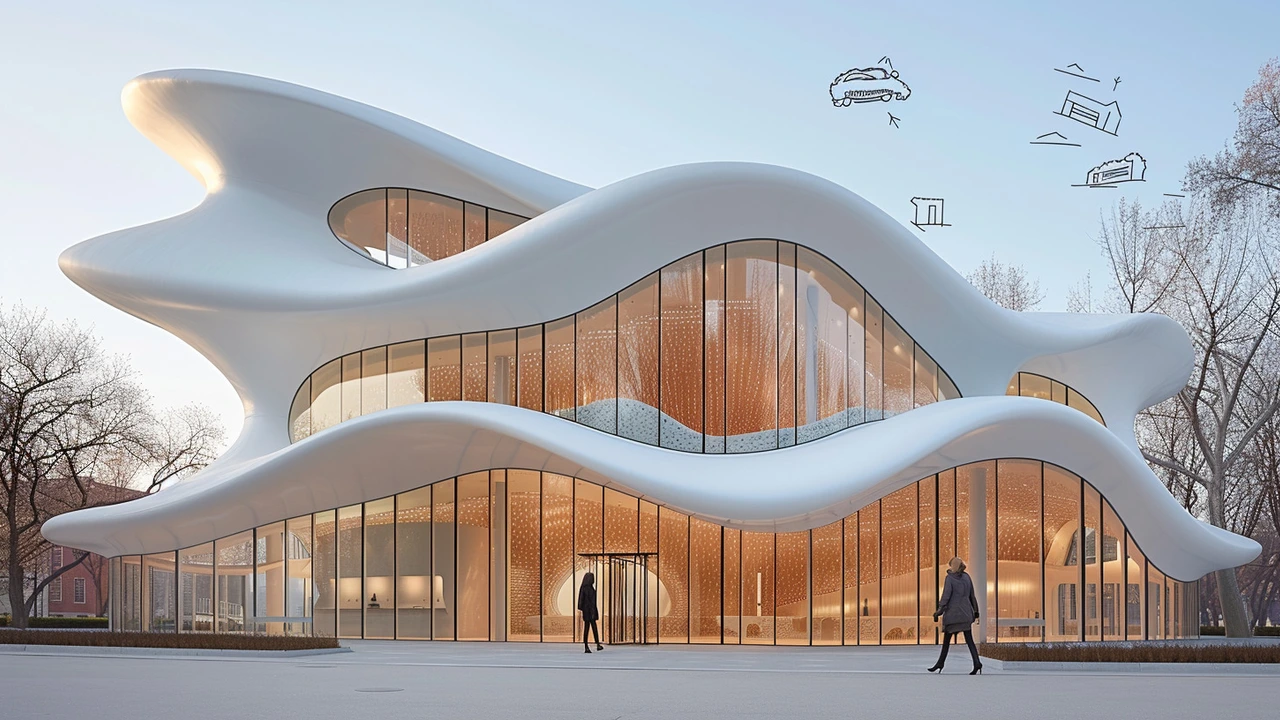Design Journey: Explore Timeless Architecture & Practical Ideas
Buildings shape how we live, work, and feel. This Design Journey tag brings together quick reads on styles from Ancient Rome to Postmodernism. Use these posts to spot real features, get renovation tips, or plan a trip to see a favorite building. You do not need to be an expert to enjoy them.
What you'll find here
You’ll find deep looks at Ancient Roman builders, Byzantine mosaics, Gothic Revival spires, and Greek Revival columns. There are hands-on guides—how to spot a gambrel roof, where to find Beaux-Arts details, and how to mix Craftsman trim with modern layouts. Travel pieces point to hidden Roman gems and must-see cathedrals. Restoration and preservation posts explain basic steps for keeping history alive without breaking the bank.
How to use this page
Search by style or use the keywords attached to each post. Save ideas to a board or bookmark articles before a renovation. If you want quick inspiration, start with posts labeled 'Design Journey' or 'tag favorites'—they cover clear examples and photos. For deeper reading, follow links inside each post to related eras and conservation tips.
When planning a remodel, take one feature at a time — a window trim, a roofline, or a porch column. Match materials and scale rather than copying exact ornament. For small budgets, focus on paint, hardware, and lighting; these reveal style without major expense.
Try these starting posts: 'Ancient Roman Architecture: Masterpieces, Engineering, and Lasting Influence' for construction tricks; 'American Craftsman Design' for cozy, practical ideas; 'Minimalism Tips for Beginners' to clear visual clutter. Travel lovers will like 'Ancient Roman Hidden Gems' and 'Greek Revival Architecture' for walkable routes and photo spots. If you restore, read 'Preserving Beaux-Arts Architecture' and 'Renaissance Revival' for material guidance.
Bookmark this page, follow tags you like, and come back when you need fast answers. Got a specific question — email or comment on any post and we’ll point you to the best reads.
Quick checklist. Study proportions before adding detail — scale matters more than decoration. Use durable materials where weather matters: stone, brick, and quality wood last longer. Let light guide layout choices; windows change mood and heat. Keep public and private spaces clear: porches and foyers should welcome without exposing bedrooms. When copying historic elements, document sources and get permits.
Spotting style cues fast: look at roof shape first — gambrel roofs hint at Dutch Colonial, steep gables point to Gothic lines, low hipped roofs often signal Georgian or Beaux-Arts influence. Check window shapes — round arches suggest Romanesque or Renaissance touch; tall narrow windows with pointed tops are Gothic. Study columns: plain square posts feel Craftsman; fluted columns with capitals read as Greek Revival. Note ornament scale: Baroque and Rococo use heavy, dramatic detail; Minimalism strips everything back.
Keep a photo folder of styles you love and compare them to real buildings when you travel. Try one small project every season to build confidence. Which style are you curious about right now? Click any post title to start a useful lesson on that style.

Expressionist Architecture: A Journey into the Heart of Design
Hey there! Let me take you on an intriguing journey into the heart of Expressionist Architecture. We will be exploring this fascinating design style that marked an era, showcasing its unique aesthetics and meanings. If you're a fan of architecture or just appreciate the poetry of space and structure, you will find this exploration riveting. Welcome to this adventure into the realm of artistic imagination and architectural might.
Read more